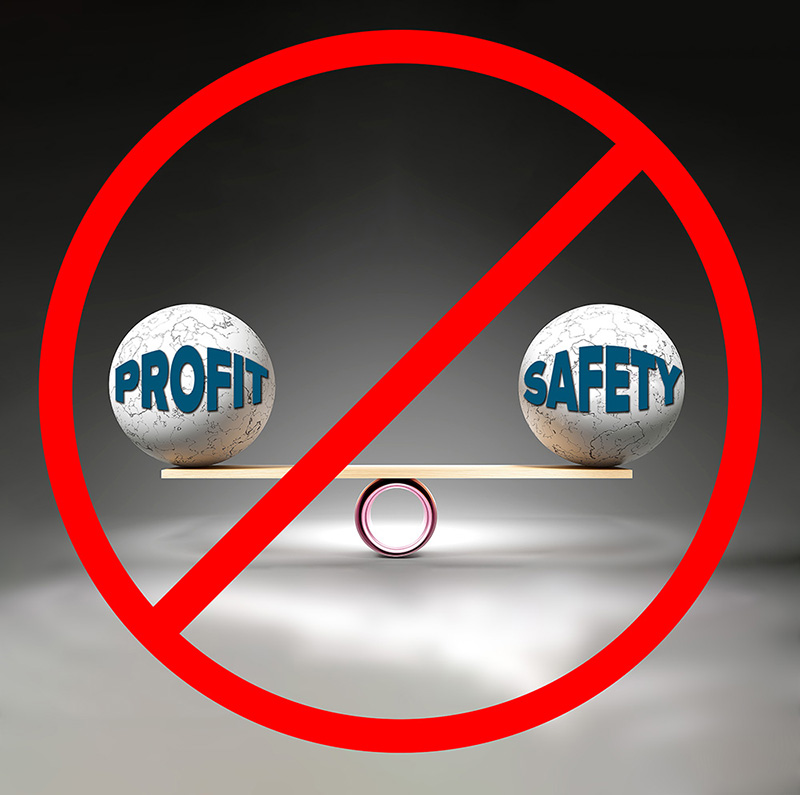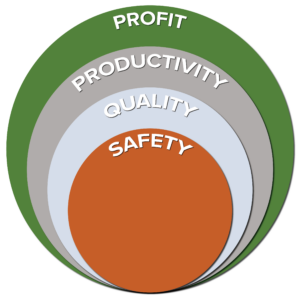Safety is the epicenter of productivity and profit

Companies that consider safety as a cost center follow a business model that first appeared in a journal article in 1968 titled The Economics of Safety. Seeing safety as a cost center implies balancing safety and profit. It is unethical to put a price on safety because of the human lives involved. The term “risk management” is also outdated as it implies a sliding decision scale of how much risk would be acceptable, balancing harm to employees versus costs and profits.
A better and more holistic perspective would be the “business social responsibility model.” This model places safety as the highest business value to protect employees first as the basis for generating quality, productivity, and profit.
Quality is not only about the products or services delivered; it includes the quality of life for all employees and the quality of relationships between management and frontline workers. Consumers, especially the millennials and Gen-Zs, prefer to patronize businesses that value their employees’ quality of life both inside and outside of work.
According to research data, potential benefits of making safety the epicenter include:
- Every $1 spent on safety saves $3 on worker injury costs
- A 40% reduction in injury-related expenses
Indirect costs from misplaced priorities in worker safety can include property damage, reduced productivity, worker replacement and training, fines, and damage to the business’s reputation.
The safety team at Washington Retail Services sincerely hopes to inspire its Retro members to prioritize worker safety through our new Safety Ambassador program.





